2020.09.18
How to Draw the Fox and the Wolf
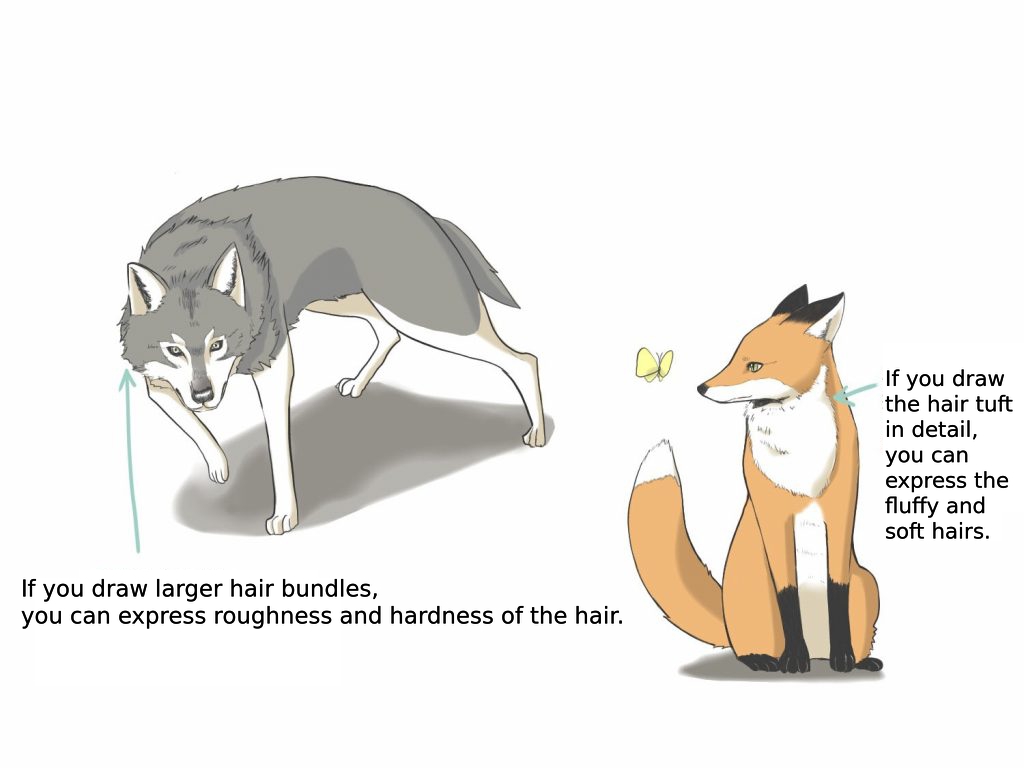
One of the most beloved animals in Japan since ancient times is the fox and the wolf.
At first glance, the bodies of foxes and wolves look similar to those of dogs, but each has its own characteristics.
It’s important to understand the characteristics of foxes and wolves in order to draw them differently from dogs and cats.
So, let’s take a closer look at the characteristics of both foxes and wolves in this article.
Index
1. How to draw the fox
Features of the fox
Foxes are generally thin and lithe, and their faces are somewhat sharp.
The following characteristics of foxes give them this impression.
<The Fox’s Characteristics.
The nose is thin and thick.
Slightly hanging eyes and a sharp face.
Narrow arms and legs.
How to draw a face

So let’s start by looking at how the face is drawn.
The basic shape of the face is similar to that of a dog, but with a narrower nose tip and less thickness.
The lower half of the face should be drawn with a sharp, compact image.
The eyes are large, with the corners of the eyes slightly upward in a suspended state.
The color of the eyes is gold in the iris area.
The pupils are black and can also be vertical, like a cat. The color of the eyes may vary by species.
I drew the ears as an image of a rather large triangle.
There are two types of ears, one with black backside and the other with the same color as the body, so you can draw the type you want to draw with reference to materials.
How to draw the body
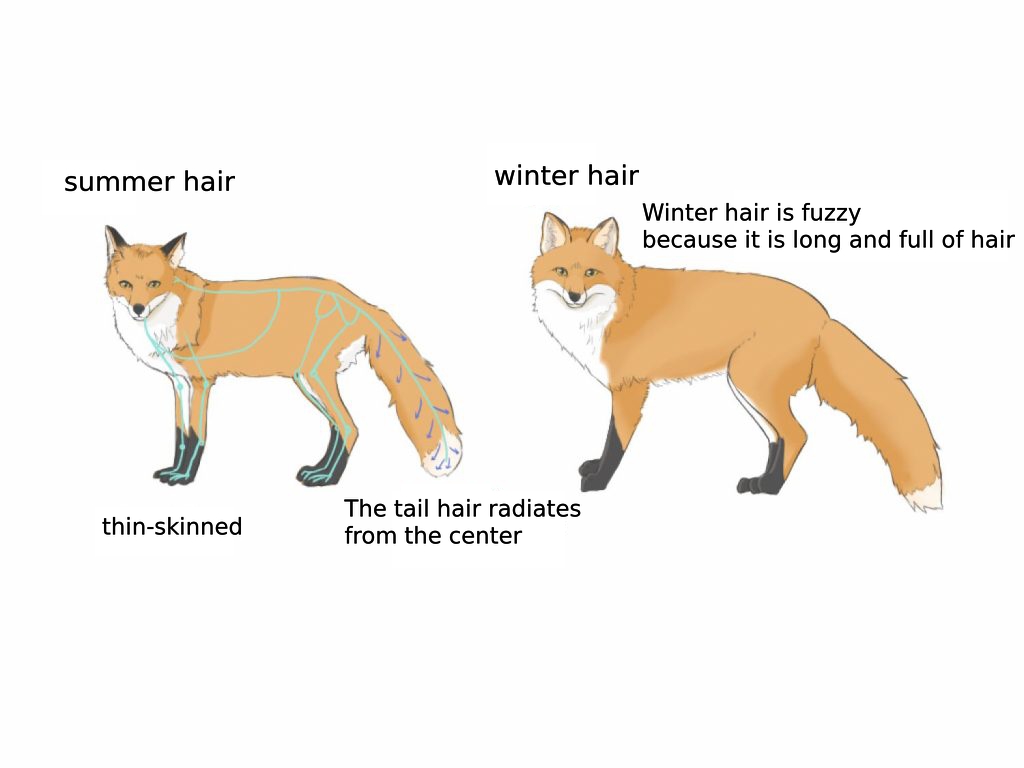
When you draw the body, I think it’s easier to draw the skeleton first as a bite, or if you draw each part separately and draw it briefly and roughly.
Basically, foxes are slender and have thin limbs.
Their slender features stand out when they have summer hair.
On the other hand, when they have winter hair, their fur is longer and their bodies appear slightly more rounded.
The tips of the limbs can be black, as shown in the illustration, or the same color as the body part.
The tail is cylindrical in shape, thin at the base and tip and thicker in the middle.
Keep in mind that the hair on the tail should be drawn radiating outward from the central part of the body of the tail.
2. How to Draw a Wolf
The Characteristics of Wolves
Wolves are generally considered to be the largest of the canine family.
As a result, they are large and generally sturdy.
Wolves also have a large nose and mouth, and their faces are rather mature and clear.
.
Thick limbs.
Slightly small eyes.
Large nose
Too much hair around the face and neck
Stiff around the neck and shoulders
How to draw a face
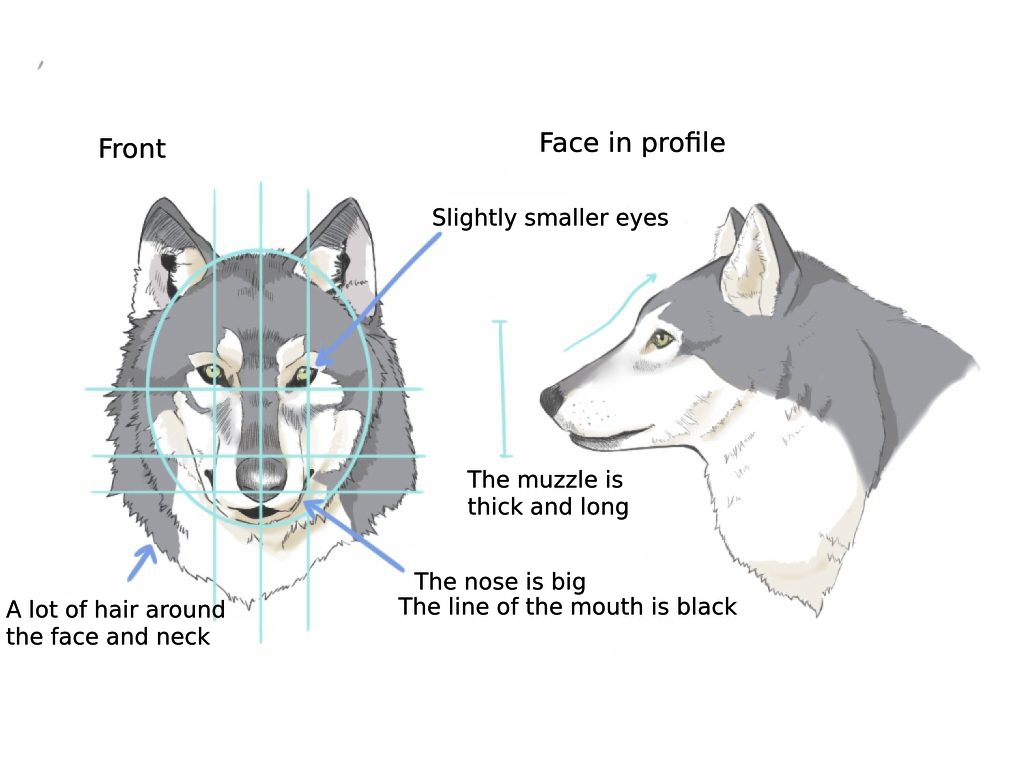
The wolf’s face is long from the eyes to the tip of the nose and has a mature, snub-nosed look to it.
The nose and mouth are slightly larger and the eyes are relatively small.
When drawing, first place the parts of the face with the thickness and length of the nose tip and the size of the nose in mind.
A thick, black eyeliner surrounds the edges of the eyes.
The whites of the eyes are less visible and this eyeliner stands out and makes the eyes look sharper.
If you want to soften the impression of your eyes a bit, you can draw the whites of your eyes a bit larger and more rounded.
Another characteristic of the wolf is that it has a lot of hair around its face and around its neck.
When drawing the hair around the face, be aware of the tufts of hair and draw them in a zigzag manner.
You can express the wildness and roughness of the hair by drawing large patches of hair and making it move around, so adjust the way you draw the hair according to the image you want to portray.
You can adjust the way you draw the hairs to fit the image you want to portray;
How to draw the body
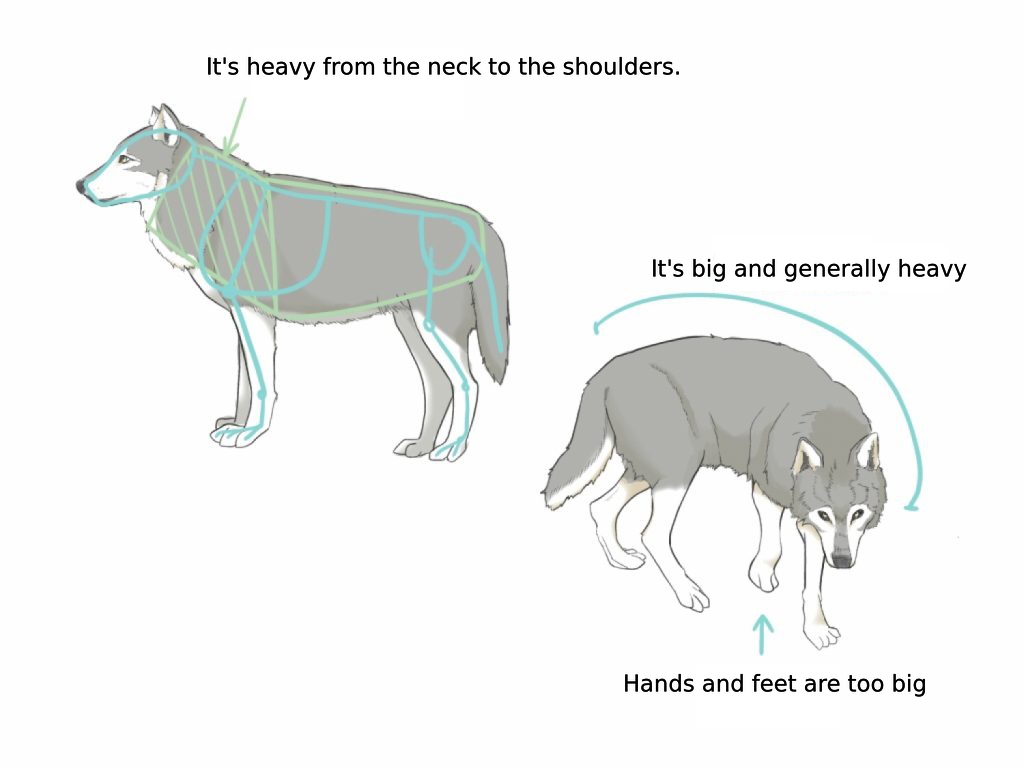
The wolf’s body is large and generally sturdy.
There is not so much neck neck neck, but the body is sturdy from neck to shoulder area.
When you draw Atari, it is better to simplify the body from neck to shoulder like the green line in the above illustration.
When drawing the arms and legs, it’s best to draw them slightly thicker and firmer to support the stocky body.
3. About deformations
When I draw it as an illustration, I deform it to some extent, keeping in mind the characteristics I have introduced above.
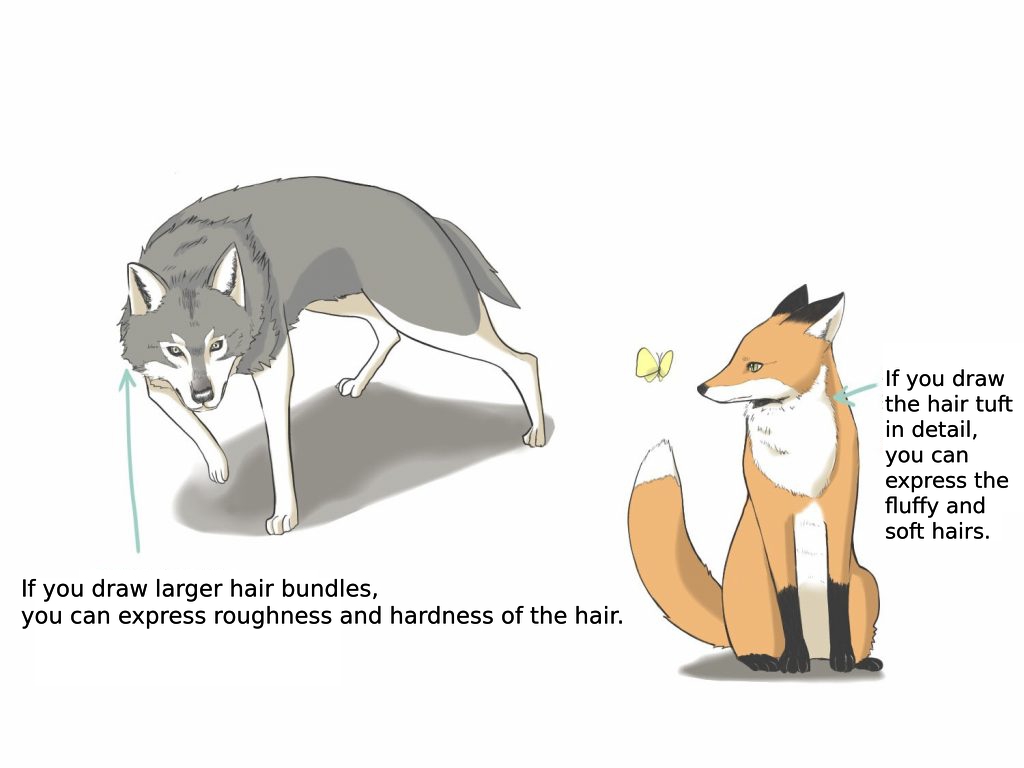
If you want to make it look fluffy, draw the hairs in detail.
On the other hand, if you want to show the roughness and hardness of the hair, draw in roughly, keeping in mind the tufts of hair.
\ We are accepting requests for articles on how to use /


















